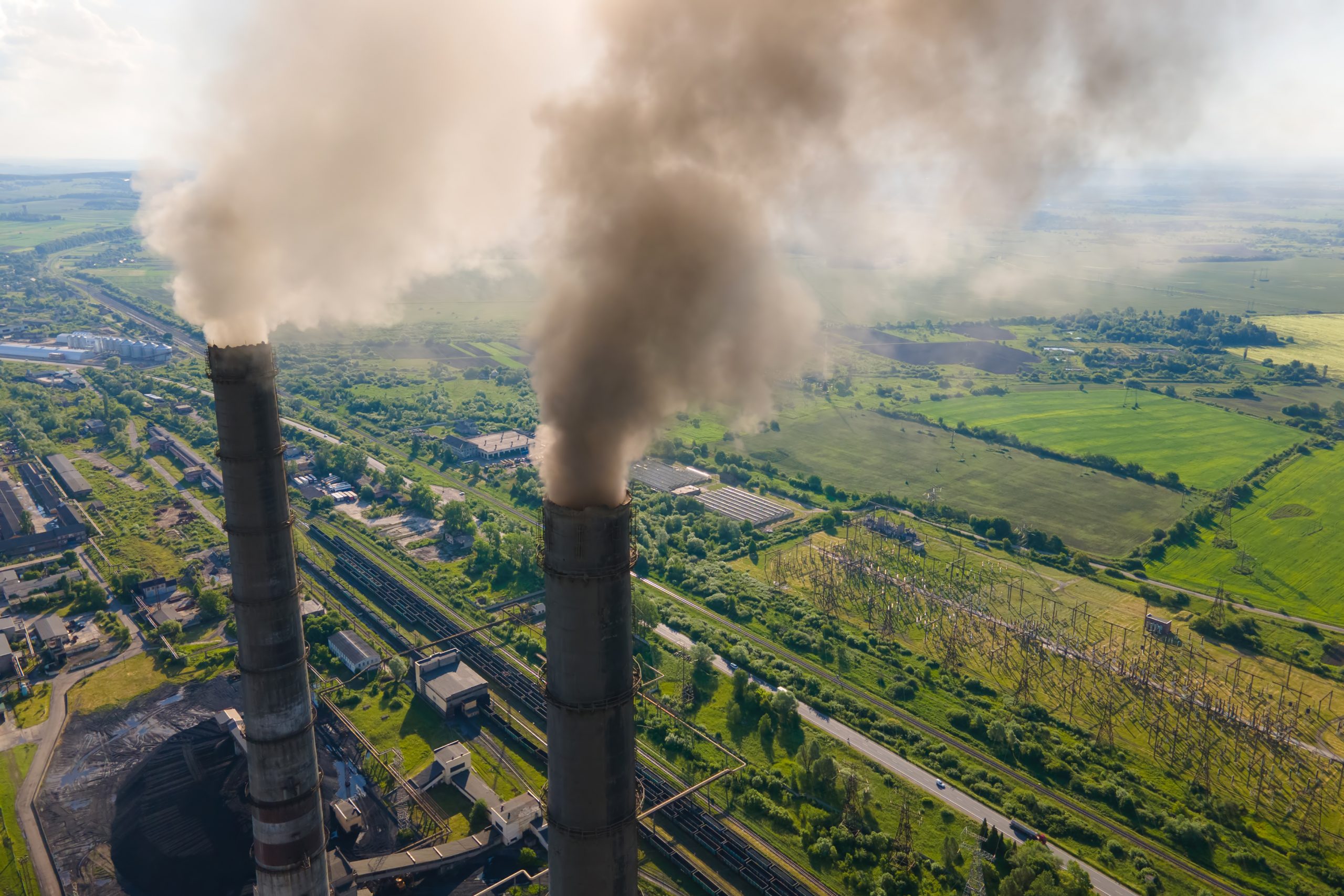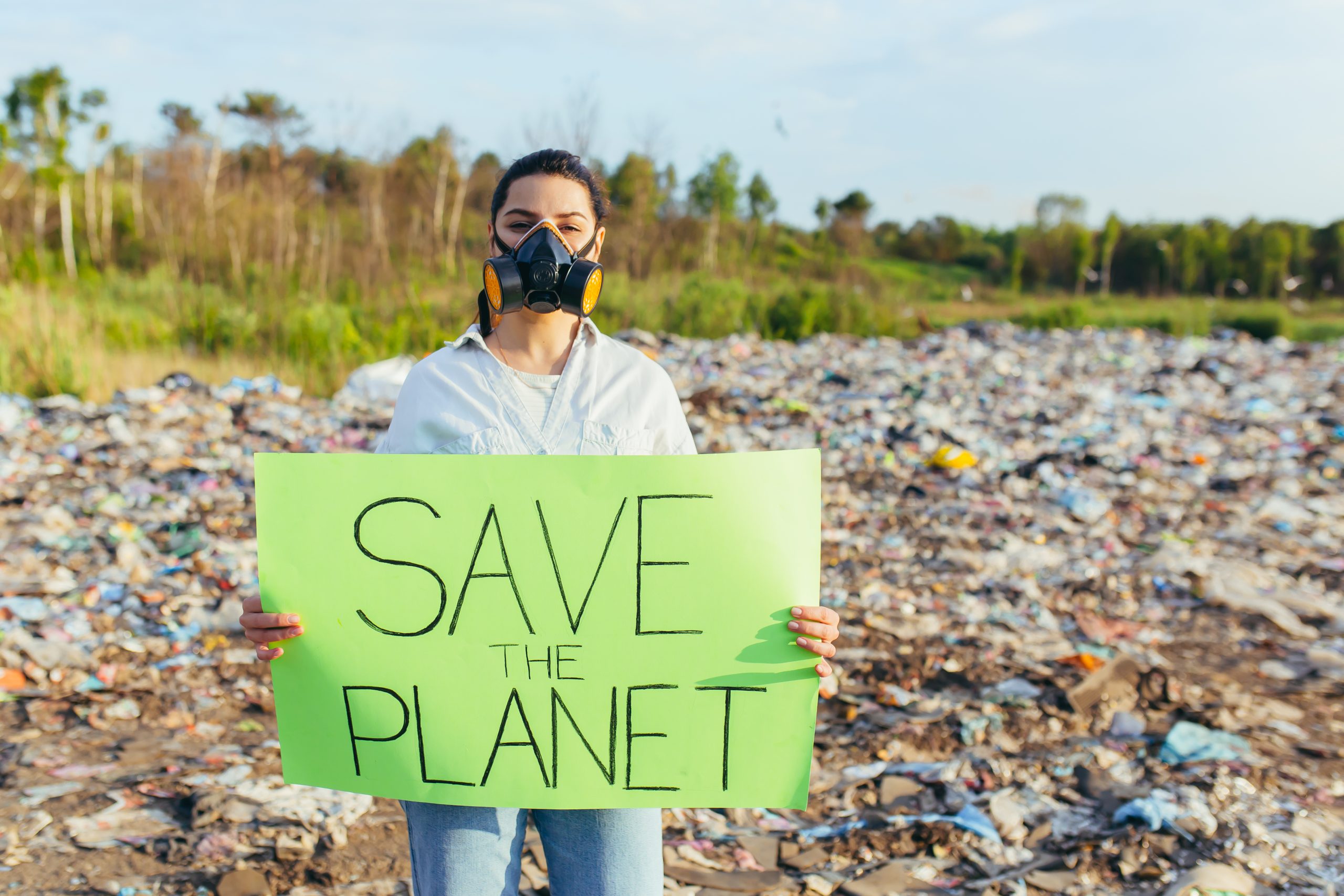Introduction
In an age where climate change and environmental degradation are increasingly influencing global ecosystems and economies, the insurance industry finds itself at a crossroads. With the growing frequency and intensity of natural disasters, coupled with escalating concerns over sustainability and environmental stewardship, insurers are reevaluating their roles and responsibilities. This comprehensive analysis explores how the sector is adapting to these challenges, leveraging new technologies, and pioneering innovative products to not only manage risk but also contribute positively to environmental sustainability.
The Rising Tide of Environmental and Climate Risks
Climate change is no longer a speculative threat; it’s a reality with tangible impacts on natural and human-made systems worldwide. Insurers, traditionally adept at assessing risk over the long term, are noticing a shift in patterns that underpin their risk models. Wildfires, hurricanes, floods, and rising sea levels are becoming more frequent and severe, pushing the industry to reconsider how it quantifies and manages environmental risks. Moreover, the transition towards a low-carbon economy poses both challenges and opportunities for insurers, as they navigate regulatory changes and shifting market dynamics.
Innovations in Assessing and Managing Risk
To keep pace with these changes, the industry is turning to technology. Big data analytics, artificial intelligence (AI), and satellite imaging are revolutionizing risk assessment, enabling insurers to predict and mitigate risks with greater precision. For example, AI algorithms can now analyze data from weather stations, satellites, and climate models to forecast the likelihood of extreme weather events and their potential impact on insured assets.
Furthermore, insurers are exploring new methods to incentivize risk reduction among policyholders. Products like parametric insurance, which automatically pays out when certain predefined conditions are met (e.g., wind speeds of a certain magnitude), offer quick financial relief post-disaster, underscoring the shift towards more proactive risk management.
Emerging Insurance Products and Markets
As the environmental risk landscape evolves, so too does the spectrum of insurance products. Beyond traditional property and casualty insurance, there’s a growing market for products that specifically address climate and environmental risks. This includes coverage for renewable energy installations, carbon credit trading, and even loss of biodiversity. These products not only provide financial protection but also support investments in sustainable technologies and practices.
Sustainability at the Forefront
Insurers are increasingly recognizing that their investment decisions can have a profound impact on environmental sustainability. Many are divesting from fossil fuels and allocating funds towards green bonds and other sustainable assets. This shift not only aligns with global efforts to combat climate change but also opens up new avenues for growth in the green economy.
Additionally, the industry is stepping up its advocacy for stronger building codes and land-use policies that consider future climate realities. By promoting resilience and sustainability in urban planning and construction, insurers are playing a crucial role in reducing the overall vulnerability of communities to environmental risks.
Challenges on the Horizon
Despite these advances, the insurance sector faces significant hurdles. The unpredictability of climate change complicates risk modeling, while the global nature of environmental challenges requires coordinated action across borders—a daunting task in a world marked by geopolitical complexities. Moreover, there’s the issue of affordability: as risks escalate, so too do premiums, potentially leaving the most vulnerable communities without adequate coverage.
The Road Ahead: Opportunities for Innovation and Leadership
The environmental challenges of our time necessitate a reimagining of the insurance industry’s role in society. By fostering innovation and embracing a broader mission of sustainability, insurers can lead the way in building a more resilient future. Collaborative efforts, such as public-private partnerships and international coalitions, will be key to addressing systemic risks and promoting global best practices.
Conclusion
The intersection of insurance and environmental sustainability is complex, yet ripe with opportunities for those willing to innovate and adapt. As the world confronts the realities of climate change, the insurance industry’s expertise in risk management, coupled with its financial clout, positions it as a critical player in the global transition towards sustainability. Policypulses.com remains committed to chronicling these developments, offering insights into how insurers are not just weathering the storm but actively shaping a more sustainable and resilient world.







Leave a Reply